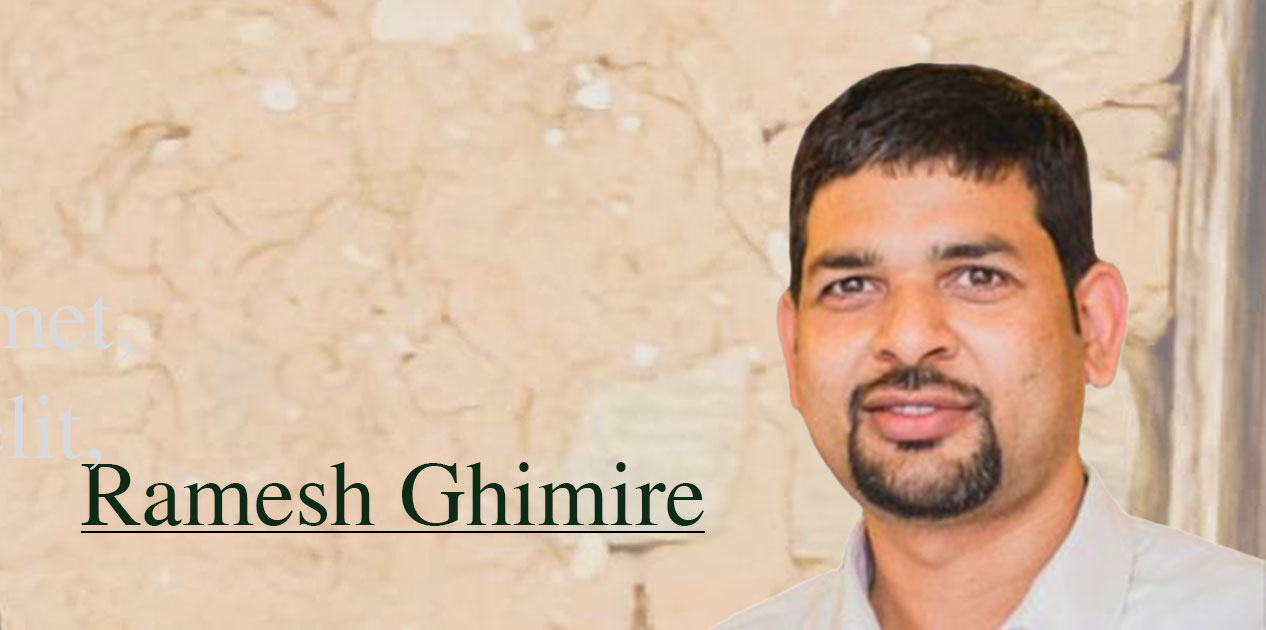The Food and Agriculture Organization (FAO) estimates that global average meat consumption stands at 42.5 kilograms (kg) per person per year. Due to differences in economic capacity among countries and individuals, the minimum and maximum values of this average can vary significantly. Statistics indicate that citizens in the United States consume approximately 100.8 kg of meat per year, while Nepalese individuals consume an average of 11.15 kg annually per person.
Various studies show that global meat production has increased rapidly over the past 50 years, more than quadrupling since 1961. Records show that rich and industrialized countries consume more meat. Australian animal rights activist Phillip Wollen estimates that globally, human beings kill 2 billion sentient living beings every week for meat, and 10 thousand entire species are wiped out every year due to the actions of one (human beings).
Meat production has significant environmental and socio-economic impacts, leading to increased greenhouse gas (GHG) emissions, freshwater use, and poverty. The Intergovernmental Panel on Climate Change (IPCC) reveal that global net anthropogenic GHG emissions account for 52.0±4.5 Gigatons of Carbon dioxide (CO2) equivalent per year (GtCO2eq/yr). Livestock production for meat contributes an estimated 18% of the total GHGs, according to IPCC findings.
In a state of atmospheric equilibrium, CO2 is an integral component of the biogeochemical cycle, exchanging carbon between the Earth’s oceans, soil, rocks, and the biosphere. Through photosynthesis, plants and other photoautotrophs utilize solar energy to produce carbohydrates from atmospheric CO2 and water. Most organisms depend on carbohydrates derived from photosynthesis as their primary source of energy and carbon compounds, sustaining life through the Earth’s natural greenhouse effect.
However, when the atmosphere is burdened with higher CO2 concentrations, it significantly contributes to a rise in temperature. This occurs as the atmosphere absorbs and emits infrared radiation. The Fifth Assessment Report of the IPCC emphasizes that human interference in climate attributes has been the primary cause of observed warming since the mid-20th century. The global average surface temperature increased by 0.85°C between 1880 and 2012, with a projected rise to approximately 1.0°C above pre-industrial levels by 2030-2052 and a likely attainment of 1.5°C.
Several studies indicate that human-induced climate change has already posed serious threats. These include declining glaciers and ice caps, alterations in the availability of freshwater, ocean acidification leading to the destruction of coral reefs and other aquatic ecosystems, rendering certain areas uninhabitable for some plants and animals, resulting in extinctions and the relocation of species, and threatening food production with alien pests, pathogens, and diseases. The impacts would not be limited to these; eventually, they could be catastrophic in a different form for human beings, pushing us towards vanishing from existence.
Billions of people around the world have already lost their lives in different pandemics and calamities. We have experienced some of the most infamous and fatal biological havoc in human history over the past few centuries. For instance, the ‘Pandemic Plague’ during the 14th century began with the ‘Black Death,’ resulting in the deaths of 75-200 million people. The ‘Spanish flu,’ occurring from 1918 to 1920, caused the deaths of between 17 million to 50 million people. Even in Nepal, we have directly witnessed thousands of people’s deaths from Malaria, Swine flu, Bird flu, HIV-AIDS, and so on. Now, aggressively, we are still grappling with COVID-19. Several studies confirm that pandemics were mainly caused by different forms of viruses and bacteria exchanged between animals and humans.
It is evident that the world could be heading towards a war for food and water. It would undoubtedly be a wise and worthwhile idea to reduce meat consumption for a couple of benefits, including securing food, supporting the equilibrium state of the atmosphere by reducing GHGs emissions, and saving water.
Reducing GHG Emissions: GHGs from livestock contribute 50% more than transportation. Proteins from vegetarian sources have been found to be environmentally friendly. According to a 2003 study by Reijnders and Soret comparing the relative effects of soybean and an identical amount of protein, soybeans require 6–20 times less fossil fuel than meat for production. GHG emissions are even lower as soybeans act as CO2 sequesters. Therefore, a significant reduction in meat consumption, replaced by vegetarian proteins, dramatically lowers the concentration of GHGs on the planet.
Saving Water: “The Water,” an underground aquifer, took millions of years to fill and is now running dry. Various studies show that producing 1 kilo of beef requires 20,000 to 50,000 liters of precious drinking water. Hence, avoiding meat also contributes to water conservation. It is evident that lowering or avoiding meat consumption contributes to water protection.
Securing Food: According to Phillip Wollen, a global reduction in meat consumption by just 10% could feed 100 million hungry people, and eliminating meat would put an end to starvation forever. In Nepal, data shows that approximately 4 billion NRs equivalent of meat is imported every year, and this trend is increasing. Reducing meat consumption, therefore, might be a contribution to saving money, which could directly and indirectly contribute to food security.
Defining Better Health: Human anatomical structure suggests that humans are naturally herbivores. The digestive mechanism of humans primarily expects vegetarian food. Originally, humans are herbivores, but for the sake of survival, they became omnivores, encompassing both plant and animal-based diets. Biologists categorize humans as omnivores due to this adaptation. Nutritionists often recommend a vegetarian diet because plant-based foods have a simpler genetic code, making them easier to digest compared to animal meat.
The human alimentary canal is designed to process food quickly, ideally within a maximum of four hours, to integrate it into the body’s cells. However, when consuming meat with a complex genetic code, the body’s ability to break it down and incorporate it into cells is reduced. Meat lingers in the system for more than four hours, leaving traces that can lead to various problems, including anxiety, lethargy, anger, and issues like diabetes.
In summary, reducing meat consumption or adopting a vegan lifestyle is a better choice for a healthy life and maintaining climate balance.
Dr. Darjee, an expert and researcher specializing in climate change adaptation and Mr. Pariyar, the Chief Administrative Officer in Kathmandu Metropolitan City, Nepal





























